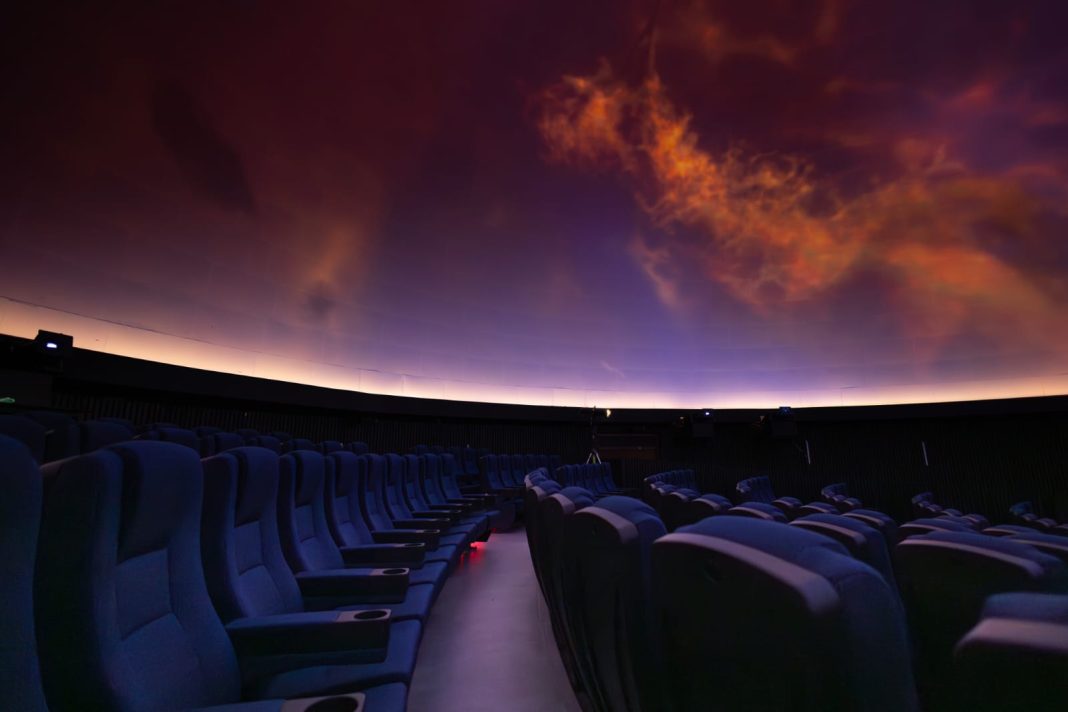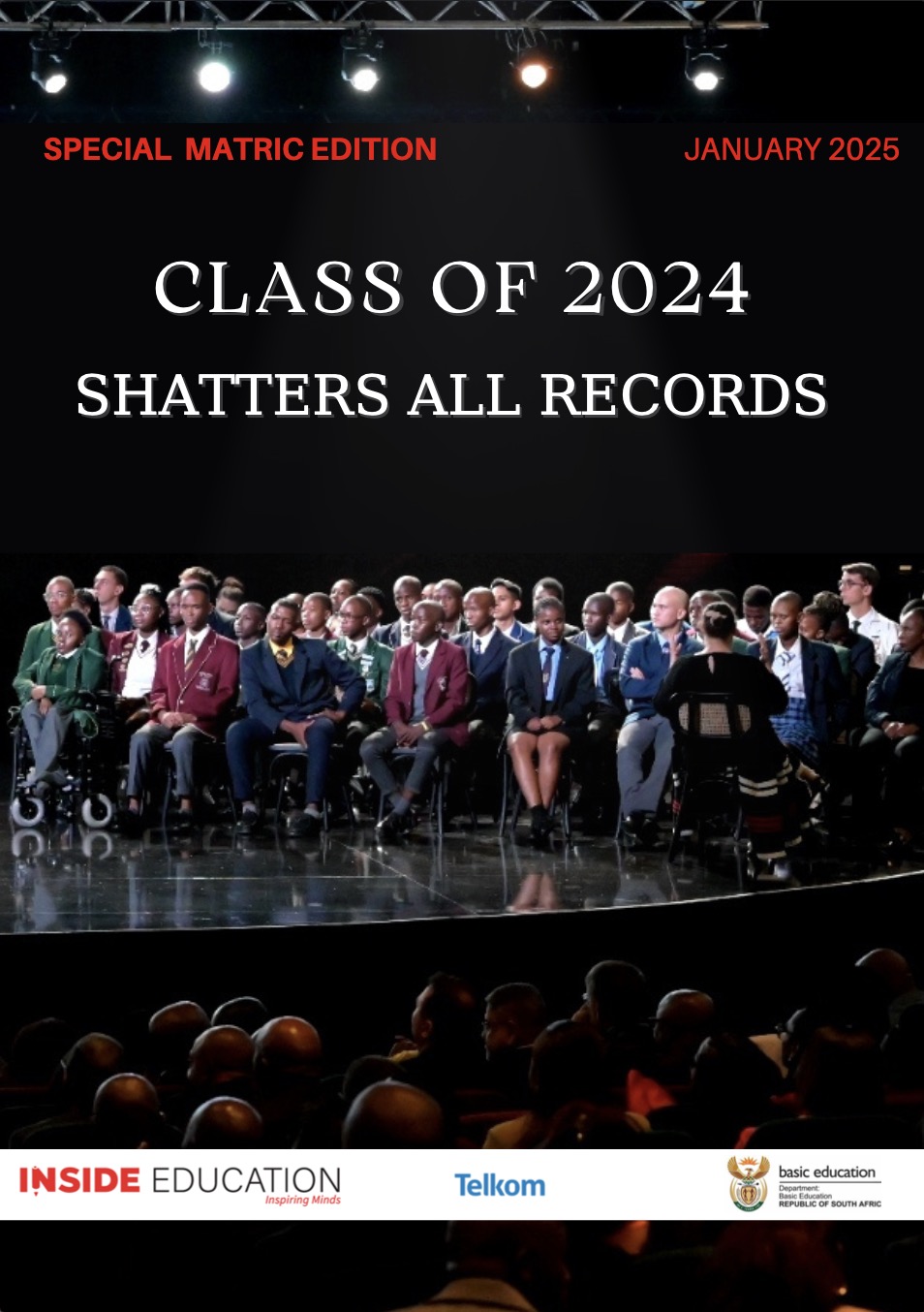By Lungile Ntimba
The old Johannesburg Planetarium has been relaunched as the state-of-the-art Wits Anglo American Digital Dome.
It features new cutting-edge digital projectors to enhance science education at the university in Johannesburg.
According to Wits Vice-Chancellor Zeblon Vilakazi the dome serves as a modern teaching venue and a collaborative research space for scientists and students to visualise their work in big data, astrophysics, digital arts, artificial medicine, microbiology and precision medicine.
The Johannesburg planetarium has been a beacon of astronomical education and wonder in South Africa since 1960.
“For more than six decades, this institution, as the first fully sized planetarium in Africa and the second in the southern hemisphere, has played a pivotal role in inspiring countless individuals, from young students to seasoned scientists, fostering a deep appreciation of the cosmos and its mysteries,” Vilakazi said in a statement.
He said the experience of visiting the planetarium has been a rite of passage for many South African children, potentially influencing future career choices and fostering a lifelong interest in science.
“Personally, I visited the old Planetarium in 1981 at the height of apartheid. It left a huge and indelible mark on me, and I believe that it played a key role in igniting a scientific spark that led to me becoming a nuclear physicist.
“Through the Wits Anglo American Digital Dome, we hope to continue inspiring people from various disciplines including those working in climate modelling, artificial intelligence and the digital arts,” he said.
Anglo American CEO Duncan Wanblad said the investment was vital for advancing knowledge, driving innovation and boosting economic growth in tertiary education.
He said that universities were hubs of research and development, producing skilled professionals who tackled global challenges and pushed technological and scientific boundaries.
“Infrastructure like the digital dome enable this progress, providing students with specialised skills, enhancing job prospects and earning potential while contributing to broader societal and economic transformation,” Wanblad said.
He said he was inspired to witness the power of their partnership with Wits and the efforts made to rebuild the city.
According to the head of the dome, Moumita Aich, vistors, students and researchers would enjoy a 360 high-tech immersive experience.
Speaking at the launch on Tuesday night, Vilakazi said this historic event brought the global space race to the heart of Johannesburg.
He attributed the success of the planetarium to the late Arthur Bleksley, who was a professor in applied mathematics and astronomer at Wits from 1932 to 1968.
“… Prof. Bleksley served as the first director of the planetarium, when it opened its doors in 1960 until just before his retirement.
“Prof. Bleksley was indeed a man ahead of his time when it came to science communication and education, focusing a lot of his attention on teaching and explaining science to the public, often raising the ire of his colleagues when appearing in popular media to explain scientific concepts in easy-to-understand terms,” Vilakazi said.
According to the university, the refurbished facility includes a new digital projection and sound systems and auditorium seating.
The dome opens to the public in February.
INSIDE EDUCATION










